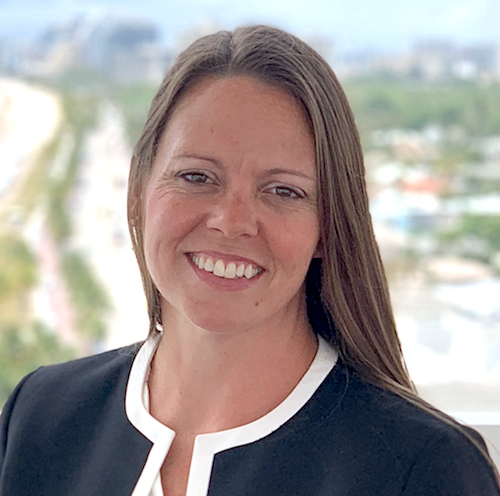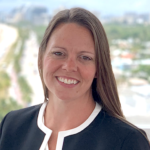
IDC now forecasts that by 2025, the global datasphere will exceed 163 zettabytes (a trillion gigabytes), roughly 10 times the size it was in 2016. What will you do to stay on top of your growing records?
It can be tough to figure out which technologies are most helpful to your senior living facility and to know where to start. Should you focus on cyber security? Process automation? Records management?
What if you could get all three in one solution? What if you could be sure you were purchasing technology that would last, so you wouldn’t have to purchase again in just a few years? Enterprise content management, or ECM, not only can streamline your records management but also can help with information security and process automation.
Simplify records management
Several regulations require organizations to maintain accuracy and protection for any healthcare records. If you provide healthcare services to residents, the size of a resident’s file quickly can grow to hundreds of pages. When an emergency occurs, physicians and others must have access to a complete picture of a resident’s history before making life-critical decisions, requiring that you provide fast, straightforward access to these records when needed.
But healthcare records are not the only information you have to track. You have facilities records, human resources files and financial information, each of which is complicated. Look for a records system that can manage all of these with flexible security policies for unique concerns.
Boost cyber security
According to a recent study from the Center for Connected Health, 87% of senior living communities plan to maintain or increase their spending on cyber security this year. And it’s no wonder. The number of U.S. companies affected by data breaches was more than 46% in 2017.
At an average cost of $3.6 million, most companies would prefer to avoid a breach, and ECM can help. For example, both financial and patient/resident records are considered sensitive. The individuals authorized to work with one, however, rarely require access to the other. Look for systems that offer multiple protections, including encryption, strong password enforcement and content-specific access that locks down files and even individual documents to only those authorized to access them.
Rather than trying to hire and then train experts on-staff, it often is simpler and less expensive to choose a cloud-based ECM service. Cloud providers are experts in cyber security, and they understand the nuances of managing records in a senior living community. Often, communities find that their security improves when information is moved from their own network to a cloud service.
Streamline and automate processes
Many information-centric processes can now be automated. As you move your records to an electronic format for management, work only with a system that also includes tools for process automation. These capabilities should include both workflow — a tool that allows you to electronically route information from person to person through business processes — and robotic process automation, or RPA, which assists when sharing information between systems and enables the creation of electronic user accounts called “bots” that stand in for human effort to perform tasks such as data entry and correlating records between systems. Workflow and RPA exponentially will increase the returns from your technology investment.
After implementing a cloud-based ECM service, Prestige Care centralized invoice processing for 86 locations. Tyler Nelson, cash manager / accounts payable supervisor, said: “ImageSilo allows us to track and find 100% of our bills — 100% of the time. We know for sure that a bill has been paid; nothing was lost or paid twice.”
Prestige Care is saving almost 3,000 hours of productive time each year, at an estimated value of $88,000. As Prestige Care did, you’ll need better tools, such as ECM, to manage your growing data.


